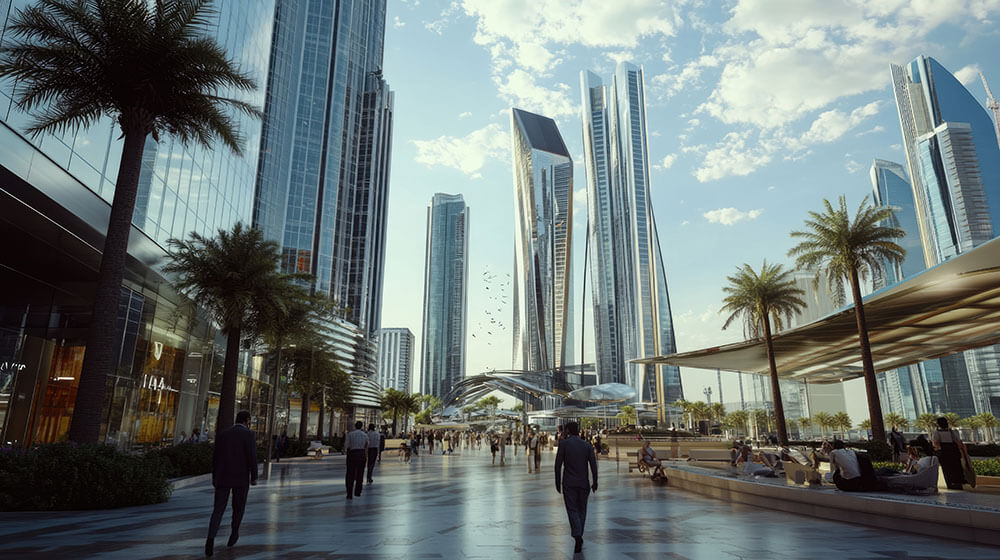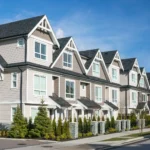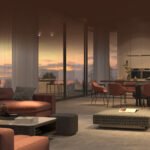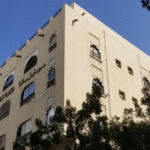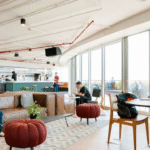Now Reading: Dubai Lifestyle Homes: The Blend of Smart Design and Wellness in 2025
-
01
Dubai Lifestyle Homes: The Blend of Smart Design and Wellness in 2025
Dubai Lifestyle Homes: The Blend of Smart Design and Wellness in 2025
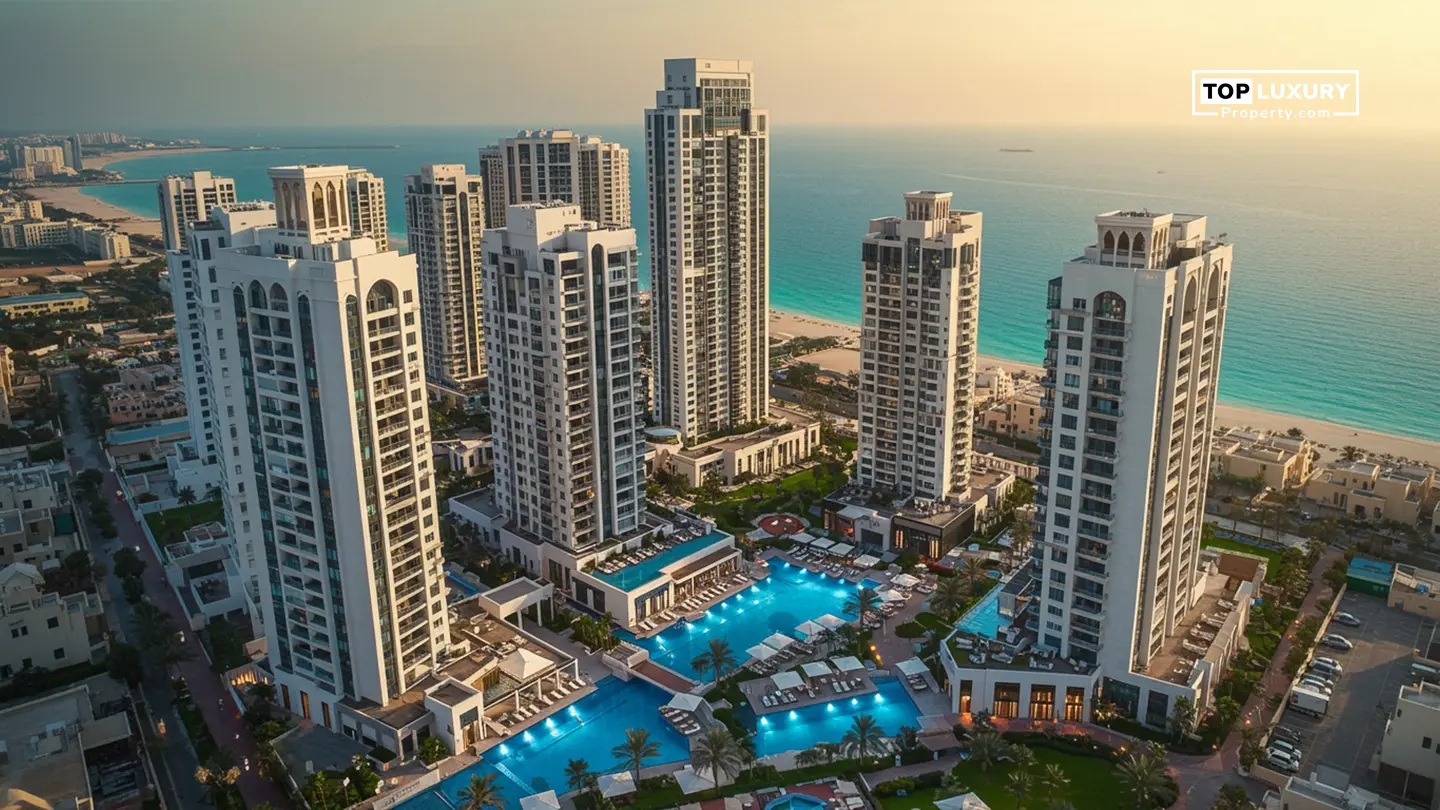
Table of Contents
Imagine stepping into a villa, sunlight streaming through expansive windows, your smart home system adjusting the air to a perfect calm, and a private wellness deck inviting a morning yoga session while neighbors gather for a community organic brunch. This is the heart of Dubai’s lifestyle homes in 2025, where the fusion of smart design and wellness is crafting sanctuaries that inspire balance and joy. These aren’t just residences they’re havens that blend cutting-edge technology with holistic living, drawing families, professionals, and investors to a city that feels both visionary and warmly human.
Dubai is a global hub that thrives on bold innovation, seamlessly blending futuristic technology with a multicultural spirit. In 2025, lifestyle communities like Dubai Hills Estate, Mohammed Bin Rashid City (MBR City), The Valley’s Eden, and Dubai Sustainable City are leading the real estate surge, offering villas and townhouses designed for wellness and connectivity. With spacious layouts, smart features, and wellness-focused amenities, these homes are redefining modern living. Let’s explore why Dubai’s lifestyle homes are capturing hearts in 2025.
The Allure of Smart Wellness Homes
What makes Dubai’s lifestyle homes so captivating? It’s their ability to merge sleek, tech-driven designs with features that promote health and harmony. Picture a Dubai Hills Estate villa, its private garden paired with a meditation room wired with circadian lighting, or an MBR City mansion with a spa-inspired bathroom overlooking a tranquil lagoon. The Valley’s Eden villas offer green terraces for family yoga, while Dubai Sustainable City’s homes feature rooftop solar panels and urban farms. These communities, crafted by developers like Emaar, Nakheel, and SEE Holding, are designed to make every day feel rejuvenating and luxurious.
Each community has a unique wellness vibe. Dubai Hills Estate blends upscale living with green spaces, featuring the Dubai Hills Mall and an 18-hole golf course for active lifestyles. MBR City dazzles with its 7-km Crystal Lagoons, offering water-based wellness activities like kayaking. The Valley’s Eden community emphasizes nature with parks and outdoor fitness zones, ideal for families seeking balance. Dubai Sustainable City pioneers eco-living with solar-powered homes and community farms, fostering sustainability. Residents enjoy amenities like private pools, smart home systems, and 24-hour concierge services, alongside proximity to top schools like GEMS Wellington and business hubs like DIFC, just 15-30 minutes away.
The homes are architectural gems. Dubai Hills’ Park Heights offers 4- to 6-bedroom villas with smart automation and wellness rooms. MBR City’s Sobha Hartland II features mansions with air purifiers and eco-friendly designs. The Valley’s Eden villas provide 3- to 5-bedroom layouts with green terraces and nature trails. Dubai Sustainable City’s villas offer 3- to 5-bedroom homes with solar arrays and garden access. These homes combine wellness features like voice-activated lighting and smart climate control with lifestyle amenities like community gyms and meditation hubs, creating spaces that feel both opulent and nurturing.
Why Smart Wellness Homes Are in Demand
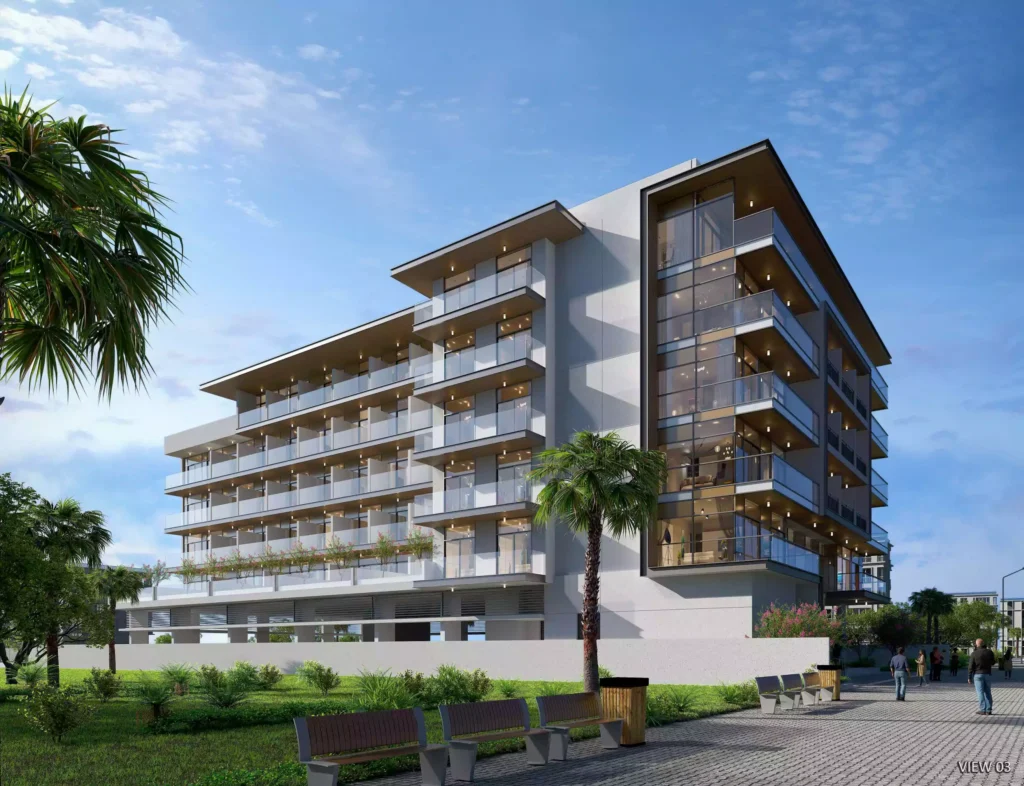
The numbers behind Dubai’s lifestyle home market are striking. In 2025, property values are rising 10-14% year-on-year, aligning with Dubai’s 11.3% market average. MBR City villas average AED 10-25 million, with 15% growth over five years, while The Valley’s Eden villas range from AED 2-5 million, up 12% annually. Dubai Hills villas fetch AED 10-20 million, and Dubai Sustainable City villas average AED 2.5-5 million, with 12% growth. Rental yields are robust at 5-7%, driven by demand from wellness-focused families, professionals, and expatriates. Short-term rentals, fueled by Dubai’s 17.2 million visitors in 2024 and a projected 25 million by 2030, achieve 70-80% occupancy, with nightly rates of AED 1,000-5,000.
Smart wellness homes are in demand because they align with global trends prioritizing health and technology. Families seek spacious 4- to 7-bedroom layouts for multi-generational living, with wellness rooms for yoga or meditation, particularly in The Valley and Dubai Sustainable City. Professionals and retirees are drawn to the tranquility of MBR City and Dubai Hills, where smart systems enhance daily life. The Valley’s affordability attracts young families seeking nature-inspired living, while Dubai Hills offers upscale wellness amenities for affluent buyers.
Off-plan projects, like Sobha Hartland II in MBR City and Nara in The Valley, account for 40% of sales, with buyers targeting their wellness features and growth potential. Dubai’s reputation as a safe, vibrant hub attracts buyers from Europe, Asia, and North America.
Dubai’s investor-friendly policies fuel the surge. Full freehold ownership allows global buyers to invest without restrictions, and the UAE’s tax-free environment no income, property, or capital gains taxes maximizes returns, unlike high-tax markets like London or New York. Off-plan properties require just 10-20% upfront, lowering the entry barrier. High-value purchases qualify for the UAE’s Golden Visa, offering residency benefits that appeal to families and professionals. Connectivity is seamless, with Sheikh Zayed Road, Al Khail Road, and the Dubai Metro linking these communities to Downtown Dubai and DIFC within 15-30 minutes.
A Lifestyle That Feels Balanced and Connected
Living in Dubai’s smart wellness communities is about more than luxury it’s about connection and well-being. In The Valley’s Eden, families enjoy nature trails and community yoga sessions, fostering bonds among neighbors. Dubai Hills residents gather for wellness festivals at the Dubai Hills Mall, golf course walks, or meditation in green spaces. MBR City’s Crystal Lagoons host water-based fitness classes and waterfront picnics, while Dubai Sustainable City offers urban farm workshops and eco-friendly community events. These neighborhoods are designed to nurture health and community, with safe play areas, fitness hubs, and smart apps that organize wellness activities.
Take Aisha, a mother of three in The Valley. “The nature trails are our family’s escape,” she says. “We join yoga sessions, and it feels so grounding.” Omar, a professional in Dubai Hills, loves the wellness focus. “My villa’s meditation room is my sanctuary,” he shares. Noor, a young mother in MBR City, cherishes the lagoon. “We kayak as a family, and it’s so rejuvenating,” she says. In Dubai Sustainable City, Sarah, an expat parent, adores the eco-vibe. “Our kids learn about sustainability at the farm, and the community is so warm,” she says.
Sustainability is a core feature. Communities like Dubai Hills and MBR City incorporate solar panels, smart irrigation, and low-carbon materials, aligning with the Dubai 2040 Urban Master Plan. The Valley’s green spaces and Dubai Sustainable City’s car-free zones reduce environmental impact, while projects like Sobha Hartland II feature EV charging stations and AI-driven utilities, appealing to eco-conscious families. These efforts make Dubai’s lifestyle homes not just wellness-focused but forward-thinking.
Challenges to Navigate
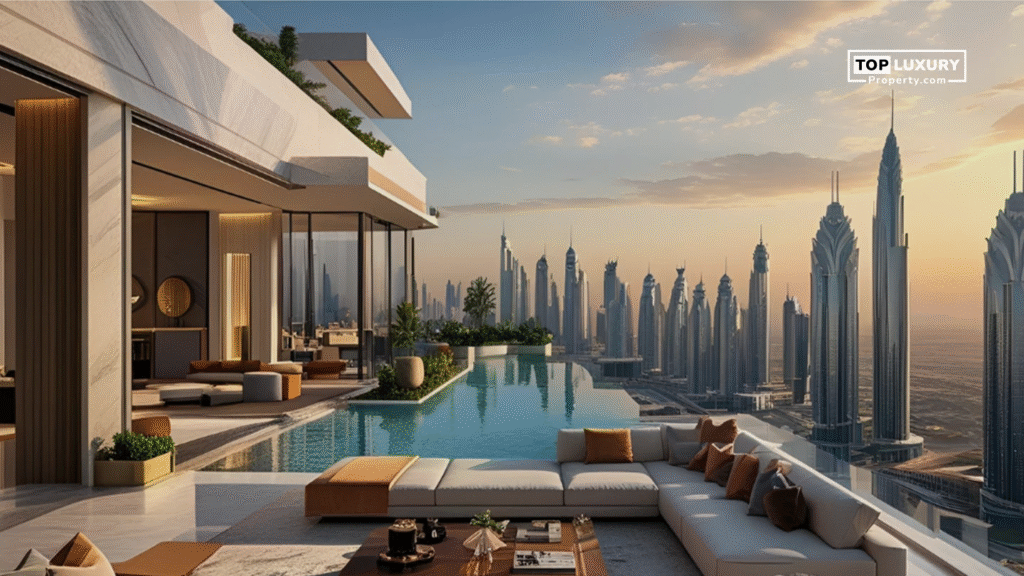
The lifestyle home market comes with hurdles. Maintenance fees average AED 8-12 per square foot in The Valley and Dubai Sustainable City, and AED 10-15 in Dubai Hills and MBR City, higher than in emerging areas like Dubai South. Ongoing construction in newer phases, like Sobha Hartland II or Nara in The Valley, may bring temporary noise or delays. The short-term rental market, while lucrative, faces competition from hotels, which could pressure yields in oversaturated periods.
Yet, these challenges are part of the opportunity. Maintenance fees support wellness amenities, from yoga lawns to smart security, which attract residents and tenants. Early investment in off-plan projects offers lower prices, with historical trends showing 15-20% appreciation for early buyers in The Valley and MBR City. Dubai’s real estate market, with $142.4 billion in sales in 2024, remains robust, and smart wellness homes are driving its growth.
Stories That Bring It to Life
The human stories behind Dubai’s lifestyle homes make them shine. Khalid, a father in The Valley, loves the nature focus. “Our kids play on the trails, and we join wellness workshops,” he says. Maya, a professional in Dubai Hills, cherishes the tranquility. “My villa’s wellness room is my escape,” she says. Sarah, an expat in MBR City, enjoys the lifestyle. “The lagoon fitness classes are a family favorite,” she says. In Dubai Sustainable City, Ahmed sees both joy and value. “I bought a villa for AED 3 million, and it’s up 12%,” he shares. “But I love the urban farm.”
These stories reflect the dual appeal of Dubai’s lifestyle homes: they’re nurturing sanctuaries and smart investments. Whether it’s a nature walk in The Valley, a meditation session in Dubai Hills, or a farm workshop in Dubai Sustainable City, these communities create moments that linger.
Tips for Aspiring Buyers
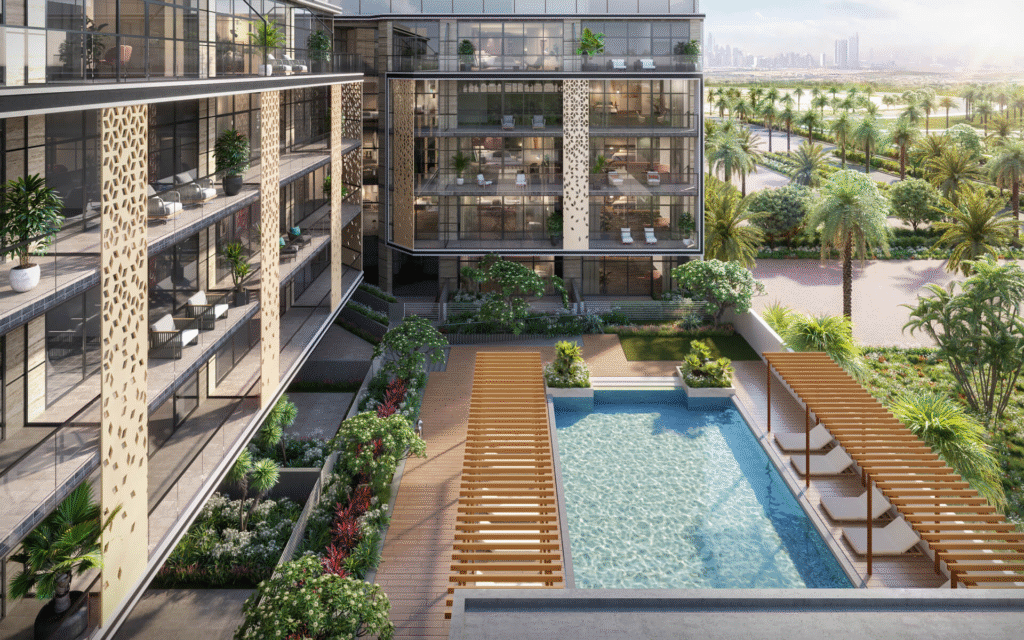
Ready to dive into Dubai’s smart wellness home market? Here’s how to make it happen:
- Research Wellness Communities: Study price growth and amenities in The Valley, Dubai Hills, MBR City, and Dubai Sustainable City to find the best fit for your lifestyle.
- Choose Trusted Developers: Work with Emaar, Nakheel, or SEE Holding for quality and reliability.
- Plan for the Long Term: Aim for a 5-10 year horizon to maximize appreciation, especially in off-plan projects.
- Leverage Expertise: Partner with local agents or platforms like Bayut to navigate market trends and secure wellness-oriented homes.
The Future of Dubai’s Lifestyle Homes
In 2025, Dubai’s smart wellness homes are more than real estate they’re a vision of balanced, luxurious living. New projects like Sobha Hartland II, Nara in The Valley, and expansions in Dubai Sustainable City are pushing the boundaries of health and innovation. As Dubai aims for 25 million visitors by 2030, these communities will remain vibrant hubs, driving property values and rental demand higher.
For residents, it’s about the joy of well-being nature walks, lagoon fitness, and community wellness events. For investors, it’s a chance to build wealth in a city that’s rewriting the rules of real estate. Dubai’s lifestyle homes are where dreams meet reality, offering a serene, connected lifestyle that’s hard to resist. In 2025, these projects aren’t just in demand they’re shaping the future of Dubai’s charm.
read more: Lifestyle Towers in Dubai: Real Estate Projects With Luxury Amenities




